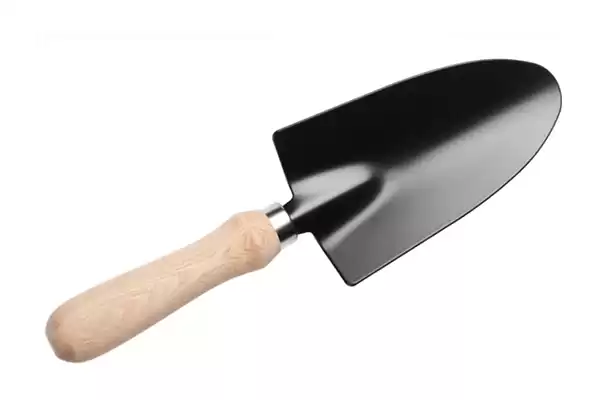Hand troweling is a fundamental skill in the construction and finishing trades, especially in plastering, concrete work, and drywall installation. This technique involves the use of a trowel to apply, smooth, and finish various materials to create a durable, aesthetically pleasing surface. Whether you are a seasoned professional or a DIY enthusiast, mastering the art of hand troweling can significantly improve the quality of your work. This article provides a comprehensive guide on how to hand trowel, covering the necessary tools, techniques, and tips for achieving the best results.

Essential Tools for Hand Troweling
Before diving into the hand troweling process, it is crucial to have the right tools. Here are the essential tools you will need:
- Trowel: The primary tool for hand troweling. Trowels come in different shapes and sizes, but the most common ones are rectangular with a flat, smooth blade. Stainless steel trowels are preferred for their durability and resistance to rust.
- Hawk: A flat, square tool with a handle underneath, used to hold the material being applied, such as plaster or mortar.
- Float: Used to smooth the surface after applying the material. Floats can be made of wood, plastic, or sponge, each serving different purposes.
- Bucket: For mixing and holding the material.
- Mixing Tools: A drill with a mixing paddle attachment or a dedicated mixing tool to ensure the material is thoroughly mixed.
Preparing the Surface
Proper surface preparation is crucial for successful hand troweling. Follow these steps to prepare the surface:
- Clean the Surface: Ensure the surface is clean, dry, and free of dust, debris, and any loose particles. This ensures better adhesion and a smoother finish.
- Apply Primer or Bonding Agent: For surfaces that are particularly smooth or have low porosity, applying a primer or bonding agent can help the material adhere better.
Mixing the Material
The material you use for hand troweling needs to be mixed to the right consistency. Follow the manufacturer’s instructions for mixing ratios. Typically, you will:
- Measure the Water and Material: Use a measuring cup or a bucket to ensure you have the correct proportions.
- Mix Thoroughly: Use a drill with a mixing paddle or a dedicated mixing tool to blend the material until it is smooth and free of lumps.
- Check Consistency: The material should be thick enough to stay on the trowel without dripping but pliable enough to spread easily.
Applying the Material
With the surface prepared and the material mixed, you can begin the hand-troweling process:
- Load the Hawk: Scoop some material onto the hawk. Hold the hawk in your non-dominant hand and the trowel in your dominant hand.
- Transfer Material to the Trowel: Use the trowel to pick up a small amount of material from the hawk. Hold the trowel at a slight angle.
- Apply to the Surface: Starting at the bottom of the surface, apply the material in an upward motion. Spread it evenly with firm, consistent pressure. Work in small sections to ensure even coverage.
- Smooth the Surface: After applying the material, use the trowel to smooth the surface. Hold the trowel at a lower angle and move it in long, sweeping motions. For large areas, use overlapping strokes to avoid lines and ridges.
Finishing Techniques
To achieve a professional finish, consider these techniques:
- Floating: Use a float to further smooth and level the surface. This step is especially important for concrete work. Circular motions with a float can help eliminate any remaining trowel marks.
- Edges and Corners: Pay special attention to edges and corners. Use smaller trowels or corner trowels to ensure these areas are neatly finished.
- Final Pass: For a polished finish, make a final pass with the trowel, holding it at a very low angle. Lightly drag the trowel across the surface to remove any remaining imperfections.
Tips for Success
- Practice Patience: Hand troweling requires patience and precision. Take your time to ensure each section is properly smoothed before moving on.
- Maintain Clean Tools: Keep your trowel and other tools clean throughout the process to avoid contaminating the material and creating rough patches.
- Monitor Drying Time: Be aware of the drying time for the material you are using. Work efficiently to smooth the surface before it sets.
- Consistent Pressure: Apply consistent pressure with the trowel to ensure an even application. Varying pressure can result in an uneven surface.
Conclusion
Hand troweling is an essential skill for achieving smooth, professional finishes in various construction and finishing projects. By understanding the tools, techniques, and tips outlined in this guide, you can improve your hand-troweling skills and produce high-quality results. Whether you are working with plaster, concrete, or drywall, mastering the art of hand troweling will elevate your craftsmanship and enhance the durability and aesthetics of your work.
Post time: Jul-25-2024






